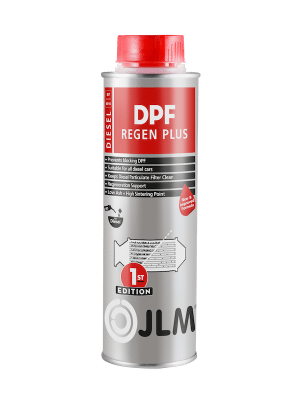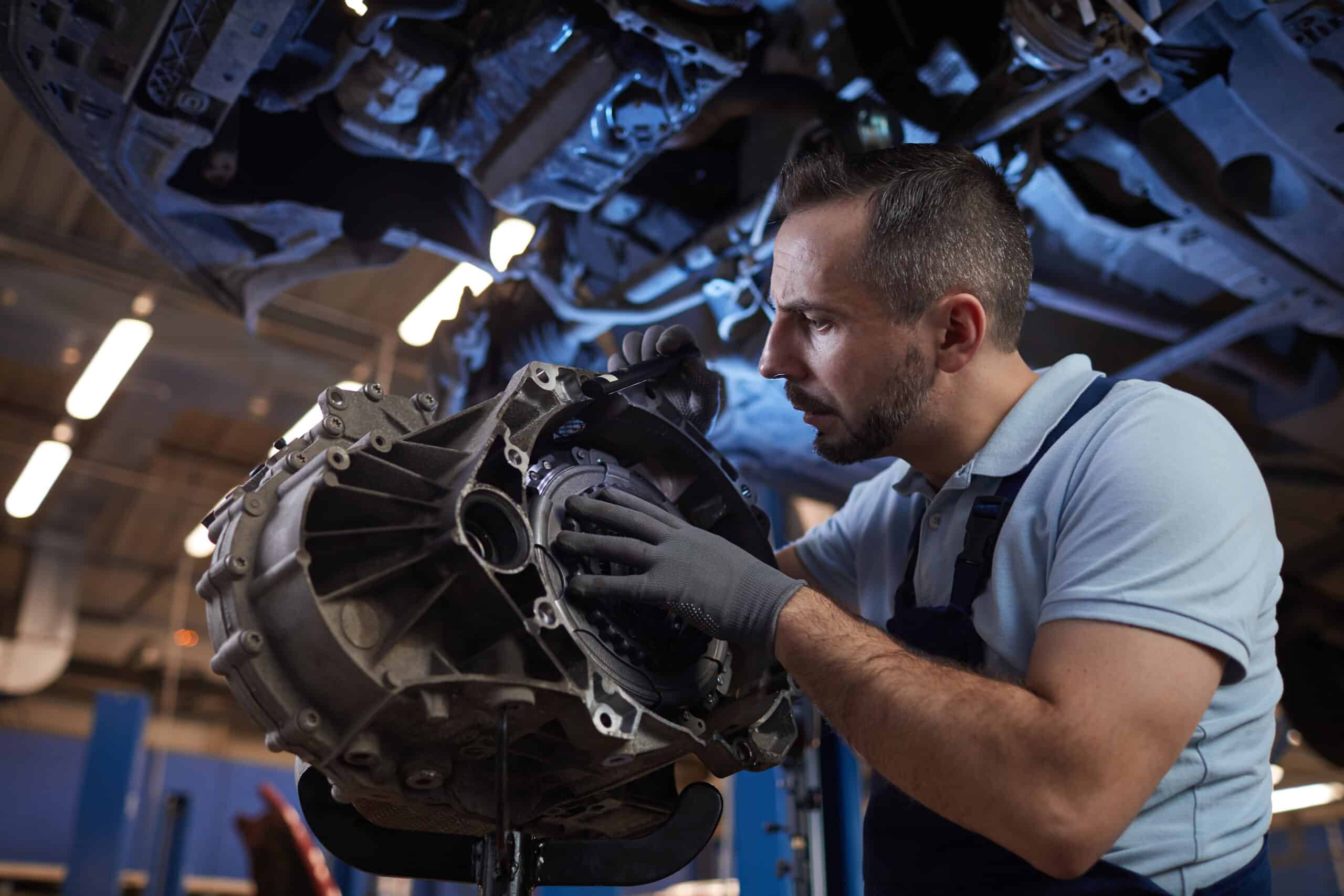JLM’s Diesel DPF ReGen Plus fuel additive discourages excessive soot quantities from building within the diesel particulate filter (DPF). The results are improved emissions, performance and fuel economy but using JLM’s Diesel DPF ReGen Plus as a regular preventative maintenance measure lessens the chance of inconvenient and costly DPF breakdowns. It’s used to help the car regenerate its DPF filter.
Product information
What is JLM Diesel DPF ReGen Plus used for?
Constantly driving at reduced speeds and covering short distances is especially detrimental to Diesel Particulate Filters (DPFs). Although vehicles equipped with DPFs have a sophisticated self-cleaning ‘regeneration’ function, it struggles under challenging driving conditions, particularly during winter.
Low temperatures fail to burn soot particles, a natural byproduct of burning diesel fuel, causing them to accumulate and form stubborn, coal-like deposits that are tough enough to block the exhaust system. The car’s self-cleaning regeneration function needs support and JLM Lubricants Diesel DPF ReGen Plus answers the call for help with a shot of chemical expertise.
How does JLM Diesel DPF ReGen Plus work?
JLM Diesel DPF ReGen Plus provides essential support to the car’s self-cleaning regeneration function. JLM’s Diesel DPF ReGen Plus enters the engine with the diesel fuel.
JLM DPF ReGen Plus uses cerium to help burn soot at a lower temperature which protects the DPF and produces less ash. Other additives use iron (ferrocene) to burn soot at a higher temperature which creates more ash and can damage the core of the DPF. When burnt, its formula envelops soot particles similar to that of sugar-coated chocolate confectionery. This outer coating encourages the encapsulated carbon to burn and exit the exhaust pipe at lower temperatures than would be possible otherwise.
Benefits for All Vehicles
Older Vehicles: JLM Diesel DPF ReGen Plus’s gentle cleaning formulation offers additional protection for older DPF-equipped vehicles that are less tolerant to higher temperatures.
Newer Vehicles: JLM Diesel DPF ReGen Plus supports the smaller DPFs fitted to newer cars by using cerium instead of an iron catalyst. Cerium produces less ash, an unavoidable byproduct of burning both soot and fuel additive. While ash removal requires taking the DPF out of the exhaust system, the low-ash production of cerium-based Diesel DPF ReGen Plus is crucial for keeping DPFs clear of soot accumulations.
How to use JLM Diesel DPF ReGen Plus
- Remove fuel cap.
- Pour in 250 ml of Diesel DPF ReGen Plus for every 50 litres of fuel.
- Close the fuel cap and drive away.
- Do not refuel until the tank is almost empty.
JLM’s Diesel DPF ReGen Plus is a preventative maintenance fuel additive to avoid future problems. Should your car have either an existing blockage, or a mechanical fault that overwhelms the system with excessive soot, JLM Lubricant’s dedicated DPF cleaning products offer more appropriate cleaning solutions than this regeneration aid.
Therefore, if your engine has a fault that causes disproportionate soot production, you must rectify the underlying issue.
Related DPF products
- JLM DPF Cleaning Toolkit & DPF Flush and Clean Fluidpack
- DPF cleaning for heavy duty vehicles
- Extreme strength DPF cleaning for heavy duty vehicles
- JLM DPF Spray
- JLM DPF Cleaner
Common FAQs about DPF regeneration
How long does DPF regeneration take?
Typically, a regeneration cycle takes 20 to 30 minutes to complete under normal operating conditions. However, it may take longer if the DPF is heavily loaded with soot or if the vehicle hasn’t reached the necessary operating temperature for efficient regeneration. You can help keep your DPF clean by using the JLM Diesel cleaning range as maintenance.
How often does a DPF regenerate?
Active regeneration initiates approximately every 300 miles, depending on your driving habits, and typically lasts 5 to 10 minutes to complete. However, it becomes problematic if your journey is too short and the regeneration cycle cannot finish.
Frequently
asked
questions
These are the most common questions we get from a potential distributor.



